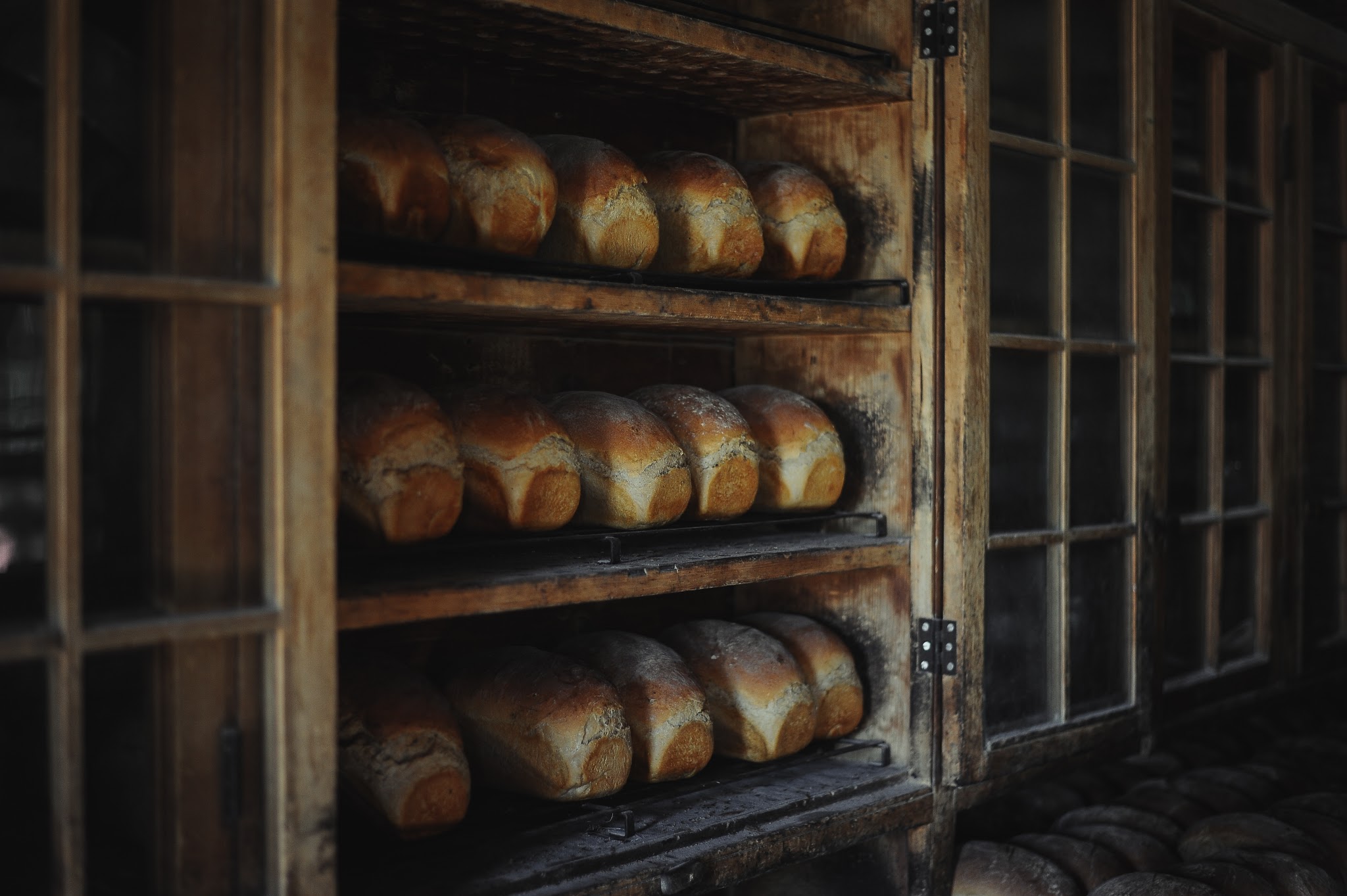The Communion with God is simple, so we will not be dazzled; so we can eat and drink His love and still go about our lives; so our souls will burn slowly rather than blaze. . . . the Last Supper did not take place on one night in one room, and to eat God’s love, we do not have to even open our mouths; we can be walking, sorrowful and confused, with a friend; or working on whatever our boat is, fishing whatever it is we fish for; or we can be running naked, alone in the dark. The Eucharist is with us, and it is ordinary. To me, that is its essential beauty: we receive it with wandering minds, and distracted flesh, in the same way that we receive the sun and sky, the moon and earth, and breathing.
– Andre Dubus in Meditations from a Movable Chair
Five-year-old Isaiah loves bread almost as much as he loves
his Mama, which is to say, quite a lot. He also loves juice. When there’s no Sunday school and he’s forced to endure the long church service upstairs in the pews, communion – with its tempting combination of both bread and juice – offers
a bright respite in the midst of the otherwise boring service.
Seated during prayer at the service’s beginning on Easter Sunday, he bobs and
weaves his head from side to side, searching out the low table at the front of
the church. Then, he exclaims, “I see
bread and juice!”
His brother, Levi, sees it too. “Mom,” Levi says, like someone who’s just discovered cake and ice cream is on the menu for breakfast, “We’re dippin’ bread!”
I turn to them, scandalized by their outdoor voices, and stretch my
neck forward, my eyes wide, one finger pressed to my lips. I silently tap my finger to my closed lips.
They settle back in the hard pew to wait.
My boys love communion and my hunch is it’s because
they love to eat. Sometimes this strikes me as sacrilegious, but, mostly, something in their enthusiasm – the way
simple appetite and desire breed longing and consummation – also feels right to me. They’re happy to be part, to take part, and receive something good and nourishing.
When the time comes, at last, I send Levi under his father’s
guidance and push Isaiah along ahead of me.
I wonder again, as we exit the end of the pew, about the rightness of allowing
children so young to participate in communion, but they’re so happy, so eager,
I can’t see holding them back. We move
slowly toward the altar in two lines that bulge and clot the aisle as adults shepherd
groups of children. Seeing my older son
behind me, I push him forward too, intending to lean over he and Isaiah both and
orchestrate, regulate, their reception of grace.
Isaiah reaches the half loaf of Italian bread first. It sits on a plate outstretched in front of
his face, level with his big brown eyes. He reaches for it two-handed,
manhandling the loaf which slides forward precariously the slanted plate and the
server and I both lunge to stop the fall.
In my mind, Isaiah’s hands are everywhere (germs!) and I grab the loaf
to steady it, tearing off a small piece of soft white dough while he wrestles
with the dry, flaky crust. He peels back
a sturdy piece as big as his forearm and we turn to the dipping, then back to our
seats.
While the rest of us have quickly dipped
and swallowed our own crumbs, he sits in the pew tearing off bite after
bite of flaky crust. When his twin brother asks about the size of his serving,
Isaiah replies, with deep contentment, “I didn’t try to get it so big, but it came off, so I kept it.”



I agree with Isaiah, Once it is in my hand, it is mine.
He sure does love bread.
When they're old enough to understand it will matter, but for now, "They're happy to be part, to take part, and receive something good and nourishing." yes. Have a blessed week, Kelly!
The grace with which they receive helps me remember that must of us will never really be 'old enough' to understand, which just highlights the mystery and grace of it all. Thanks for commenting, June!
I agree with June; the fact that they're included in something called 'Communion' whether they really 'get it' or not isn't really important. They're happy to be part, to take part and receive something good and nourishing.
Ah, isn't that how we take part in so much 'communion'? Like Dubus says in the quote, 'we receive it in the same way we receive sun and earth, moon and sky, and breathing.' Pure grace.
I love this! I have happy memories of taking part in communion as a very young child. My mother made the delicious flatbread for our tiny church, praying over it as she squeezed the honey into the whole wheat flour early Sunday morning. After the service everyone stood around eating the good leftover bread, especially all of us children.